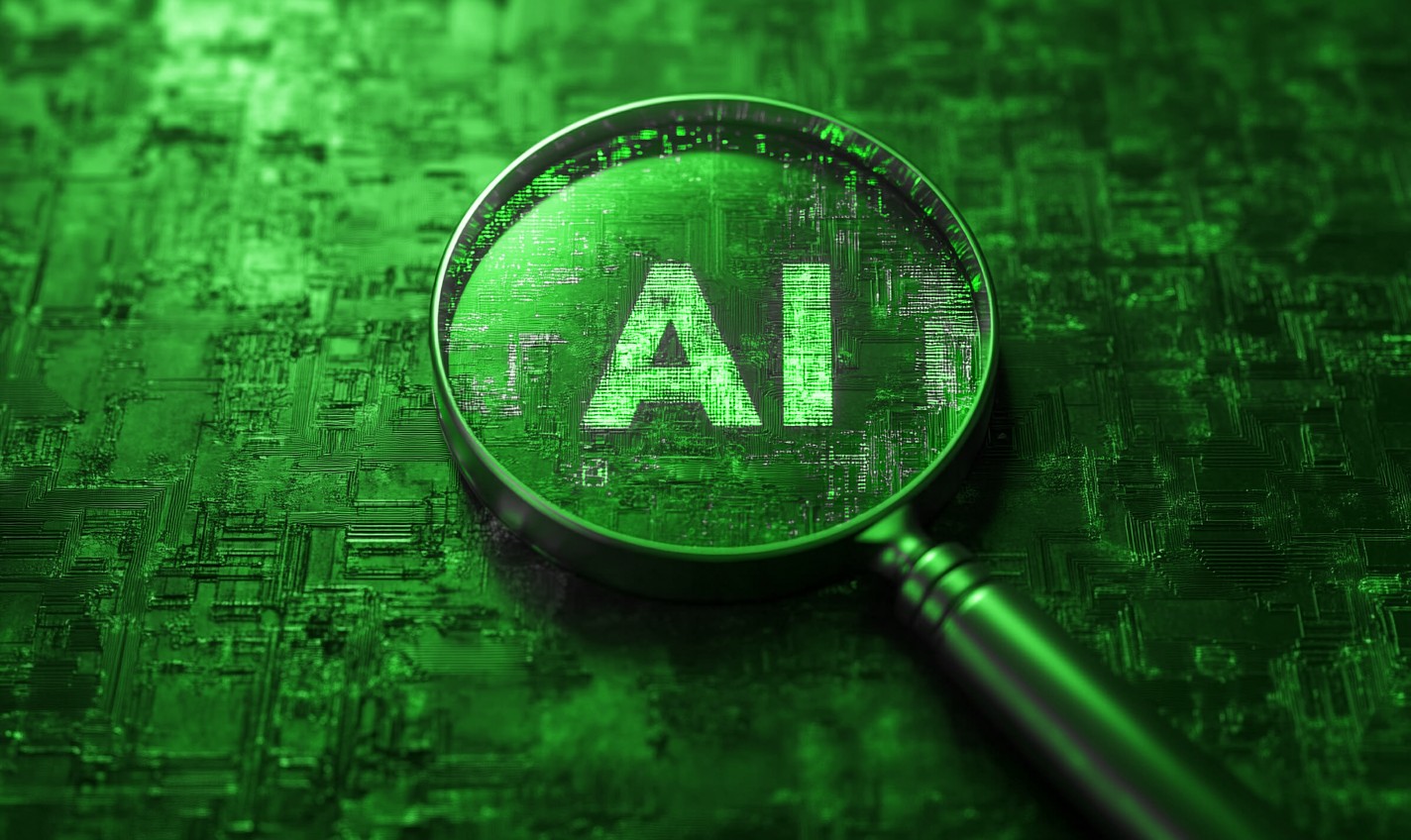Ready to learn more about AI and clinical efficiency?
Artificial intelligence is a technology that is often overhyped but may reach its full potential yet. It can vastly improve clinical efficiency in the health care industry in many different ways. It promises to disrupt drug development, clinical diagnosis, operational research, patient monitoring, records and data management, and much more.
To understand how these health care segments will be affected, one must delve a little deeper.
Biomed, general health and pharmaceutical industries can all benefit from AI and machine learning solutions. Keep reading to learn more about the link between AI and clinical efficiency.
1. Faster Detection and Analysis
Doctors and physicians have always relied on data. They look at patient health records, examine medical and familial histories, measure body stats, consider symptoms and much more. What if all that information could be fed into a digital solution, with the express goal of finding trends, patterns and other anomalies?
That is precisely what AI can do, and it could lead to much faster detection with greater accuracy. A March 2019 study published in the Journal of the National Cancer Institute reveals that standalone AI was used to detect breast cancer with an accuracy comparable to that of average radiologists. Combining the two resulted in a 95% accuracy rate.
Further investigation is necessary before the AI mammography system can be implemented officially, but it shows just how powerful and reliable the technology is for such practices. It can significantly speed up detection and diagnosis, leading to more relevant treatments and successful decisions by health practitioners.
2. More Informed Decision-Making
AI can also be used to determine health treatments through active modeling and by utilizing real-time patient data. In other words, doctors can see how treatment might affect a patient based on their health and conditions. This is especially beneficial in situations where people are suffering from multiple ailments that play off each other.
Normally, there’s a possibility that treating one ailment may cause severe issues with another. However, AI tools can help discern these issues to find a more successful and comfortable treatment for patients. Another aspect of this can stem from cross-medicine condition problems, where different drugs create issues or worsen symptoms between one another. AI can help physicians identify and plan for these events or find more compatible treatment options.
3. Live Health Care
We’ve only begun to scratch the surface regarding what modern technology can do, telehealth included — though it has advanced considerably during the pandemic. One of the emerging trends that improves patient-doctor relationships along the way is called live health care. It’s made possible with real-time data, including fitness and health statistics, generally delivered through wearable and IoT devices.
Google Health constantly measures fitness levels, provides information about medical conditions, locates nearby health centers, and sends out alerts directly to users about medicine. In medical facilities, this AI solution can help monitor and react to patient events. It also speeds up and improves decision-making by ensuring health professionals are in the loop at all times — they can always see what and how their patients are doing.
4. Identifying Fraud
Health care fraud saps financial and labor resources by distracting experienced crews from more pressing matters. IBM’s Watson, a neural network and AI solution, delivers fraud detection, prediction and prevention. It can also help solve data issues that get in the way of effective decision-making, such as siloed databases.
Because the AI solutions handle the bulk of the work and even provide predictive analysis, health care professionals can instead focus on what they do best. That includes facility and hospital management, freeing up many valuable resources.
5. Improving Medical Data
Machine learning and analytics solutions, even various forms of AI, all require data. This information is ingested, processed, leveraged and then passed through an algorithm. Essentially, it tells the digital solutions what to do. However, those algorithms are only as effective as the data going in. A lack of veracity means ineffective and poorly managed systems. They also have to be developed by experienced humans, and that cannot happen without the appropriate information.
Since most medical records were not inherently designed for algorithms or neural networks, they must be retooled. Interestingly enough, AI can help manage the various datasets to come up with something more ingestible. The technology can also help developers better understand algorithmic requirements.
For example, Mark Sendak and his team at the Duke Institute for Health Innovation recently developed a machine learning model that can predict a patient’s risk of in-hospital mortality. Before they could build the tool, they had to gather the necessary information, which included figuring out which hospitals had higher mortality rates. During their research, they also discovered there was a lot of missing data on hospital death rates.
AI can help bridge those gaps and improve the information, leading to more effective and evolved data-driven systems.
6. Patient Inflow
Managing patient inflow can be extremely challenging, even with an established hierarchy for treatment. More severe cases tend to move up in priority, but that can also throw the rest of the waiting list out of whack. It can lead to long wait times, ineffective treatment, angry or worsening patients, and much more.
Using AI for administrative tasks, like patient inflow, transfers and more, can free up a lot of resources. It can also ensure everyone is getting appropriate and timely care. In that same vein, it can even be used to predict visit rates and emergencies, allowing health care centers to optimize room and bed availability. It can also determine waiting times and appointment delays, allowing for better planning, the optimization of care and resources, and improved patient satisfaction.
Optimizing Clinical Efficiency With AI
Many health care AI implementations are still in their infancy, and there’s a lot of work to be done, but the technology is already transforming the field. Clinical efficiency and decision-making are vastly improved, thanks to the ingestion of valuable data and precise insights.
AI can lead to faster detection and health analysis, live health care systems, better patient inflow and fraud prevention. It can also help improve and discover valuable data, which powers more advanced machine learning and neural network solutions.
Before long, it will be difficult to imagine a time where AI wasn’t such an influential solution in the medical industry.
Recent Stories
Follow Us On
Get the latest tech stories and news in seconds!
Sign up for our newsletter below to receive updates about technology trends




